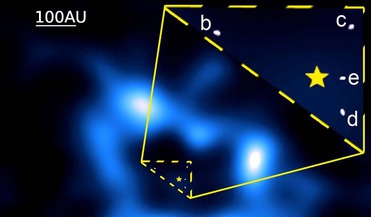 18 May 2016
Multi-planet system hints at extra planet in its cometary belt
18 May 2016
Multi-planet system hints at extra planet in its cometary belt
... taken with the Spitzer Space Telescope imply that the disc consists of an inner asteroid belt analogue, a planetesimal belt between 100 and 310 AU and a blowout grain halo going out to at least 1500 AU. This model...
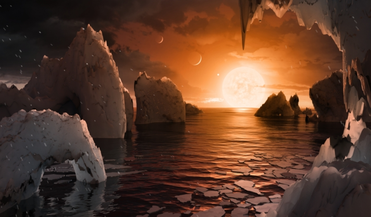 22 February 2017
NASA announces the discovery of first-ever exoplanet system with seven Earth-size planets
22 February 2017
NASA announces the discovery of first-ever exoplanet system with seven Earth-size planets
... likely to host planets with liquid water. The exoplanet system, named after the Transiting Planets and Planetesimals Small Telescope (TRAPPIST) in Chile, is located in the Aquarius constellation, which is about 40 light years (235 trillion miles...
 13 January 2020
New study shows a split Solar System that kickstarted growth of Jupiter
13 January 2020
New study shows a split Solar System that kickstarted growth of Jupiter
... that crashes into each other and sticks together until a ball of rock the size of a small planet (a planetesimal) is left. These huge boulders then combine under the force of gravity to form protoplanets – a large planetary embryo...
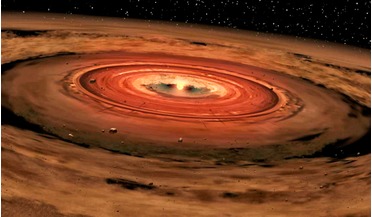 24 April 2020
A population of interstellar asteroids has been found hiding between Jupiter and Neptune
24 April 2020
A population of interstellar asteroids has been found hiding between Jupiter and Neptune
... interstellar asteroids hiding in plain sight for billions of years. The objects in question are known as Centaurs - peculiar planetesimals as large as 200 kilometres (125 miles) in diameter, that cross the orbits of one or more of the giant planets...
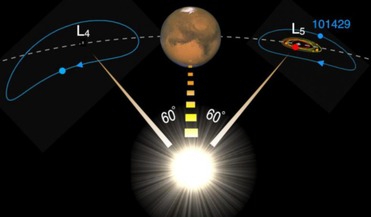 06 November 2020
The Moon could have a long-lost "twin" in orbit around Mars
06 November 2020
The Moon could have a long-lost "twin" in orbit around Mars
... the newly-formed planets was full of debris and collisions were commonplace. Large asteroids – we call these planetesimals – were constantly hitting the Moon and the other planets.” How the Moon formed is a matter of debate...
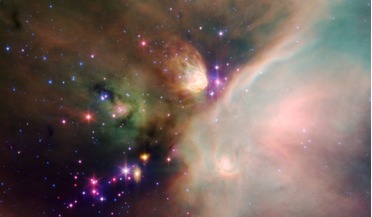 18 August 2021
New study sheds light on Solar System heavy metal problem
18 August 2021
New study sheds light on Solar System heavy metal problem
... million years from the initial collapse of a giant molecular cloud a light-year across to the creation of millions of planetesimals that would eventually form the planets. These time constraints have been made possible by using atomic...